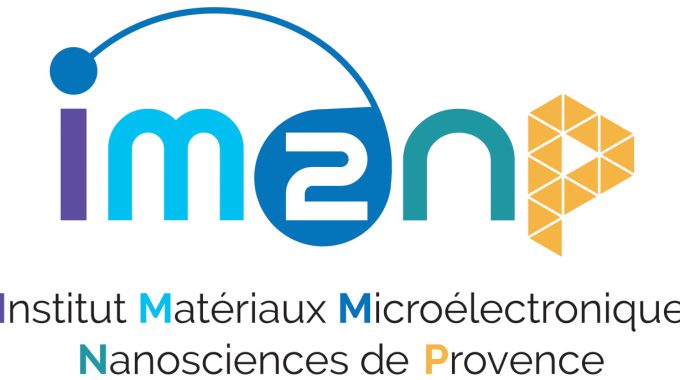
PhD position @Aix-Marseille University (France) – Multi-physics quantum transport approach for bioinspired optoelectronics
Context
Bioinspiration constitutes a new branch of research and innovation, targeting to design next-generation technology from our knowledge of natural organisms and the way they work, in particular when that way develops in the quantum regime [Kim2021]. Among the most essential, photosynthesis is the biological process that sustains almost all life on earth from highly efficient management of energy performed at the nanoscale during the early stages of the process [Eng2007]. At the heart of plants are indeed natural nanodevices that exhibit record-breaking efficiency of photon-to-electron conversion. In these systems, light-absorbing molecular complexes, the chromophores, form networks for energy conversion and transport embedded in a protein environment. The whole architecture dynamically adapts the way energy is harvested and transferred, making them so performant and inspiring researchers to design artificial analogues, particularly using a network of chromophores embedded inside DNA strands [Hart2021], although these adaptative mechanisms are not entirely understood.
Thesis work
The thesis project aims to unravel the quantum dynamics of energy transfer in DNA-based networks of chromophores, including vibration interactions and the surrounding DNA scaffold. Findings will be interpreted to define the specifications of efficient optoelectronic devices, and propose new bioinspired designs.
The proposed strategy is based on an interdisciplinary theoretical/numerical approach at the interface of the expertise of the two teams co-supervising the project: the Nanodevice Quantum Simulation group of the Institute of Materials Microelectronics and Nanoscience of Provence, and the group Light and Molecules of Pr. Mario Barbatti of the Institute of Radical Chemistry @ Aix-Marseille University.
Indeed, the project core is the development of a multiphysics and multiscale methodology combining nonadiabatic quantum chemical/molecular mechanics (QM/MM) calculations [Hui2020, Woh2020] and transport simulations based on the non-equilibrium Green’s functions (NEGF) formalism [Bes2018, Mic2019]. The objective is to understand the origin of this record efficiency from the modelling of bioinspired alternatives that could be created and controlled in labs.
Results of the thesis are expected to open new routes towards the design of a new generation of bio-inspired highly efficient devices converting light and managing energy delivering, a possible track within the context of climate change.
Starting: October 2022 Duration: 36 months
Compensation
The funding is not secured, it is part of a selection process inside the Doctoral School 353 of Aix-Marseille university. The candidate shall have an excellent academic CV, and he/she will have to pass an audition to be definitively selected for funding.
The thesis work is nonetheless part of an interdisciplinary project funded by the MITI CNRS.
Required Profile
We are thus seeking for a highly motivated student and a strong interest in interdisciplinarity as a way to address societal challenges. The candidate will have education in condensed matter physics, nanosciences, chemistry or biophysics.
In order to apply, please send by email a complete CV, including your full master grades, two letters of recommendation and a letter of motivation to F. Michelini fabienne.michelini@univ-amu.fr and M. Barbatti mario.barbatti@univ-amu.fr DEADLINE: 1st MAY
Additional information can be found here:
